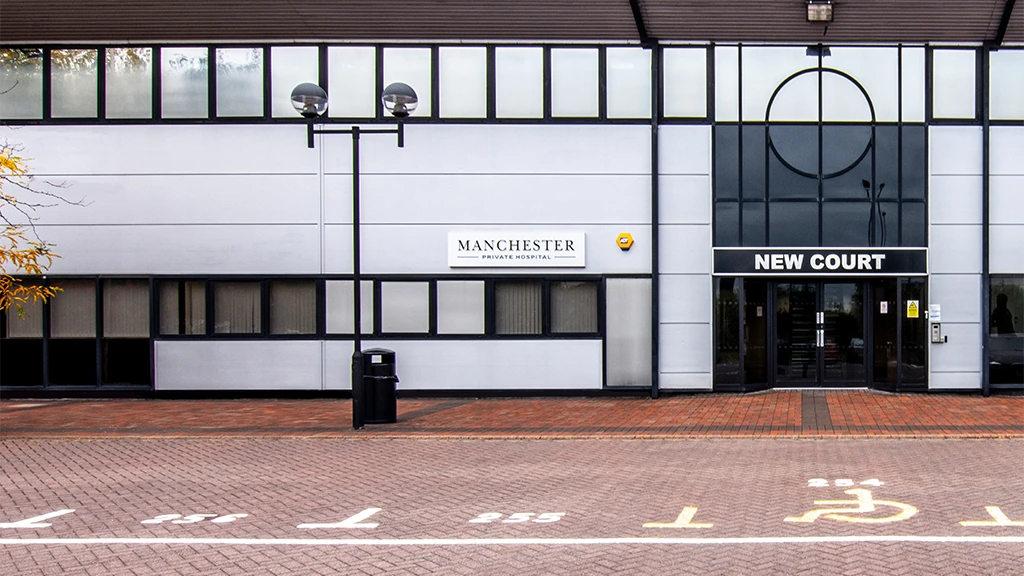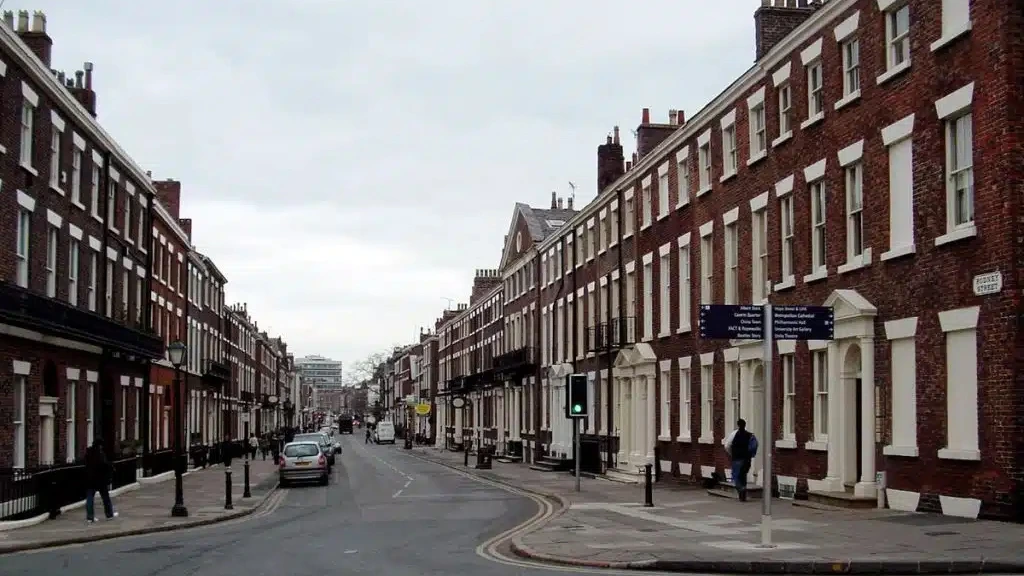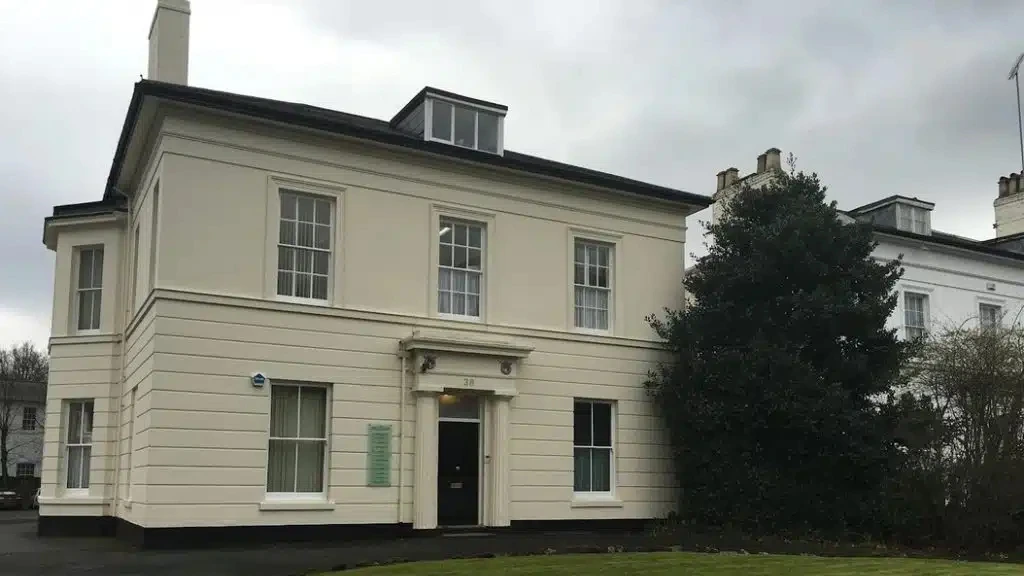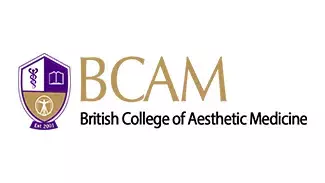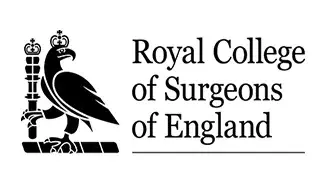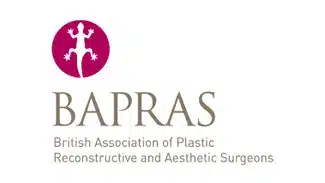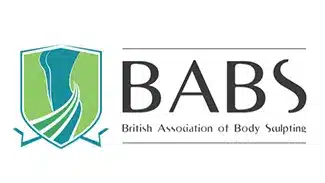Many people in and around Manchester, have submitted questions relating to rhinoplasty, so in this article, we look at the different categories that each procedure falls into and types of nose jobs available.

‘Functional’ Nose Job
A nose job is considered to be functional when it is performed to fix abnormal defects that impact on the function of the nose – such as breathing difficulties.
These types of procedures can also be carried out to correct effects of trauma, through blows, accidents or contact sports.
The nose is reshaped, and in some cases repositioned, so that it improves the ability to breathe easier at the same time as improving appearance. This is done by altering the bone and cartilage within the nose to achieved the desired results as discussed with a surgeon.
‘Cosmetic’ Nose Job
A nose job that is categorised as cosmetic, or aesthetic, is when the procedure is performed to purely enhance the look of a person’s nose and to improve, in the opinion of the patient, the overall appearance and how the nose compliments the face.
There are three main sections of the nose that can be altered during cosmetic rhinoplasty; lower, mid and upper.
A number of different procedures and techniques can be carried out to achieve the desired look.
Open and Closed Rhinoplasty
When a patient goes under the knife for a nose job, it will either be categorised as open, closed, or a combination of both.
Open rhinoplasty means that the procedure is performed using incisions on the outside of the nose, whereas closed rhinoplasty refers to incisions inside the nose. From time to time a combination of both types of rhinoplasty will be considered depending on the extent of the procedure.
Where possible, a surgeon will use a closed rhinoplasty technique so that there are no visible scars when healing. Usually, the larger the procedure, the greater the requirement for an open technique, such as major damage. However, if open rhinoplasty is required or recommended, surgeons can often make incisions in the natural lines and creases of the nose so that scarring visibility is minimal.
Non-Surgical Rhinoplasty
Non-surgical rhinoplasty is a relatively new cosmetic procedure type that involves altering a person’s nose without the use of surgery.
Instead, the procedure uses fine needles to inject fillers into different parts of the nose to alter the shape. Much like those used in lip and cheek enhancements.
Dermal fillers are more commonly used on the upper part of the nose to make the bump (aka dorsal hump) less noticeable and reshape the nose to a more desired look. The filler can be manipulated and moved once injected into the required area.
Non-surgical rhinoplasty is a temporary procedure as oppose to permanent surgical rhinoplasty.
Radiofrequency Rhinoplasty
There are small areas within the nose called turbinate’s, whose job it is to clear the air that passes through when we breathe. The tissue that they are made up of can sometimes cause breathing trouble, especially in people with allergies whose turbinate’s can become inflamed.
Radiofrequency laser rhinoplasty is a procedure that is performed to reduce the size and structure of the turbinate’s to improve overall airflow and breathing. The procedure is carried out using transmitted energy from a needle / probe, under local anaesthetic, to ablate the tissue so that when it heals it will be reduced in size.
Nostril Partition Rhinoplasty
Nostril partition rhinoplasty, also known as septoplasty is a surgical procedure that is carried out on the cartilage wall between each of the nostrils for either functional or cosmetic reasons.
Defects in the septum (partition) can cause breathing issues, but can also alter the way the nose looks due to the way it aligns. The septum should be vertically positioned between the nostrils but from time to time can be curved, bent or lean to one side more than the other, meaning one nostril can feel as though it is blocked whilst the other breathes freely.
Septoplasty can take anywhere between half an hour to ninety minutes depending on the extent of the surgery and the issues being corrected. Excess bone and cartilage can be removed along with the mucous membrane being repositioned and held in place with stitches.
If you would like to know more about any of the nose job procedures outlined in this publication, call us on 0161 507 8822. and a friendly member of our team will be happy to assist you. If you are conveniently located near the Manchester Private Hospital in Manchester or surrounding areas of the North West and North Wales, feel free to arrange a one to one consultation about the possibilities of rhinoplasty.
Rhinoplasty Before and After Gallery
Read Our Patient Reviews
Explore our reviews made by real patients
Meet Our Expert Surgeons
Get to know our highly experienced surgeons
Consultation Locations
We offer Consultations from a number of locations around the UK
Prices and finance
We have partnered with Chrysalis Finance, allowing patients to apply for cosmetic surgery finance for all our procedures
Consultation Locations
Manchester Hospital
Manchester Private Hospital New Court, Regents Place, Windsor
Street Salford, Greater Manchester, M5 4HB.
